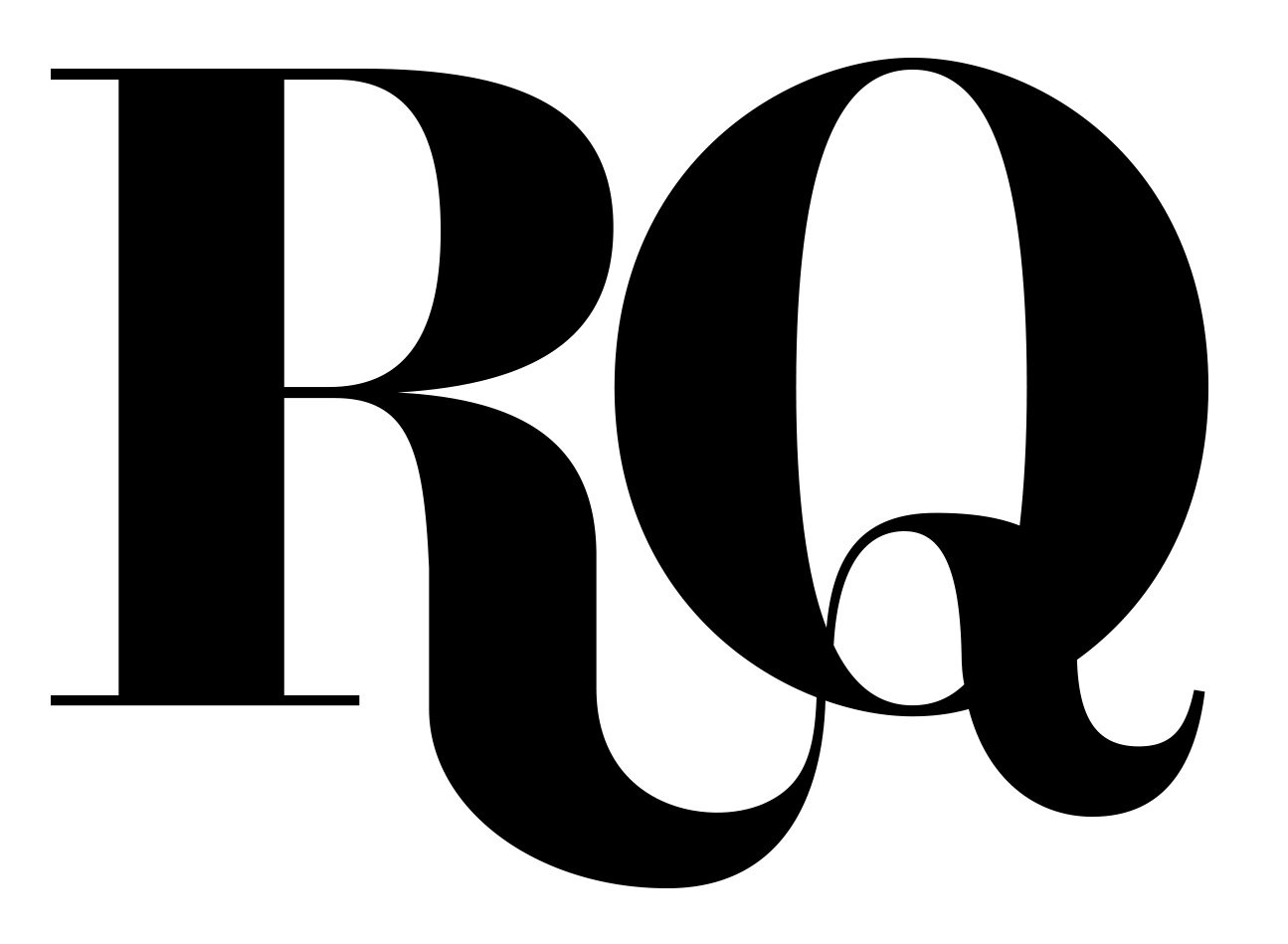PROCESS AND PROPOSAL // FROM THE DEPTHS: OIL, ARCHETYPES, AND ART
Unsiloed
Across time and place, stories of heroes connect and energize us
by Janos Korodi
EXCERPT //
Ever since adopting Philadelphia as my home in 2015 after emigrating from Hungary, I’ve been intrigued by its gritty industrial charm. Rotund oil silos punctuate the cityscape, standing in sharp juxtaposition to the waving green of nearby parks and the bricks of row houses. For an artist like me, these towering structures are rich with untapped potential for an artistic statement that could resonate with the pulse of this city.
My fascination toward these industrial structures stems not just from their looming presence, but from a lifelong engagement with industrial environments in my work. They are modern-day monoliths, silent and strong, witnesses to the ebbs and flows of the society they fuel. Just like I’ve stroked my canvas with scenes and narratives of human experience using urban and industrial architecture, I see in these silos a canvas on a larger-than-life scale—just waiting for a story to be traced over their surfaces.
My personal relationship with the industrial environment began in revitalized warehouses in the late 1990s. I worked within the shelter of utilitarian architecture, honing my artistic interpretation of the surroundings. The stark, geometric nature of industrial architecture, with its emphasis on function over adornment, not only offered physical refuge and a serene environment for creation but also left a profound imprint on my artwork. Similar to how early experiences can indelibly shape one’s character, my enduring fascination with the distinct qualities of industrial architecture continued to infuse my later series of paintings.
I started a project in 2020 by finding a new source material and medium to work with: raw plywood sheathing, used for a canvas. By making metaphorical use of the road, and then the bridge, as subjects in my paintings, I combined movement, time, and the phenomenon of non-place. The trashed plywood sheets, with their natural patterns, showed up as repetitions of ornaments on the surface and made perfect backgrounds for the motion-based work I’ve been exploring.
The second series I printed on plywood I call Light Works Terminal. It’s a series of photos of oil tanks in Northeast Philadelphia and along the Delaware. It caught me especially how the sunlight plays on the huge, rough surfaces, with just a few objects that would stick out to cast lines and elongated, elliptical shapes of shadows on their enormous bodies. The few variable elements such as ladders and numbers reappearing on the pieces, along with the changing light and shadows and their constellations with the wooden patterns, give the series a fresh poetic air.
I am drawn to the visuals of the huge oil and ethanol tanks along the fences that I see each day on my way to the studio. Repetition probably plays a part in this, or maybe it’s the sheer size and stability of these structures, but at a certain point I felt I had to deal with my fascination with the view in my work. The industrial landscape in the new environment greeted me once again and became the source of my visual thoughts. As soon as pastels and paintings emerged from these thoughts, I knew I was home again. //
For full text and images, consider reading RQ in print, on a Sunday afternoon, sun streaming through your window, coffee in hand, and nary a phone alert within sight or in earshot… just fine words, fine design, and the opportunity to make a stitch in time. // Subscribe or buy a single issue today. // Print is dead. Long live print. //

